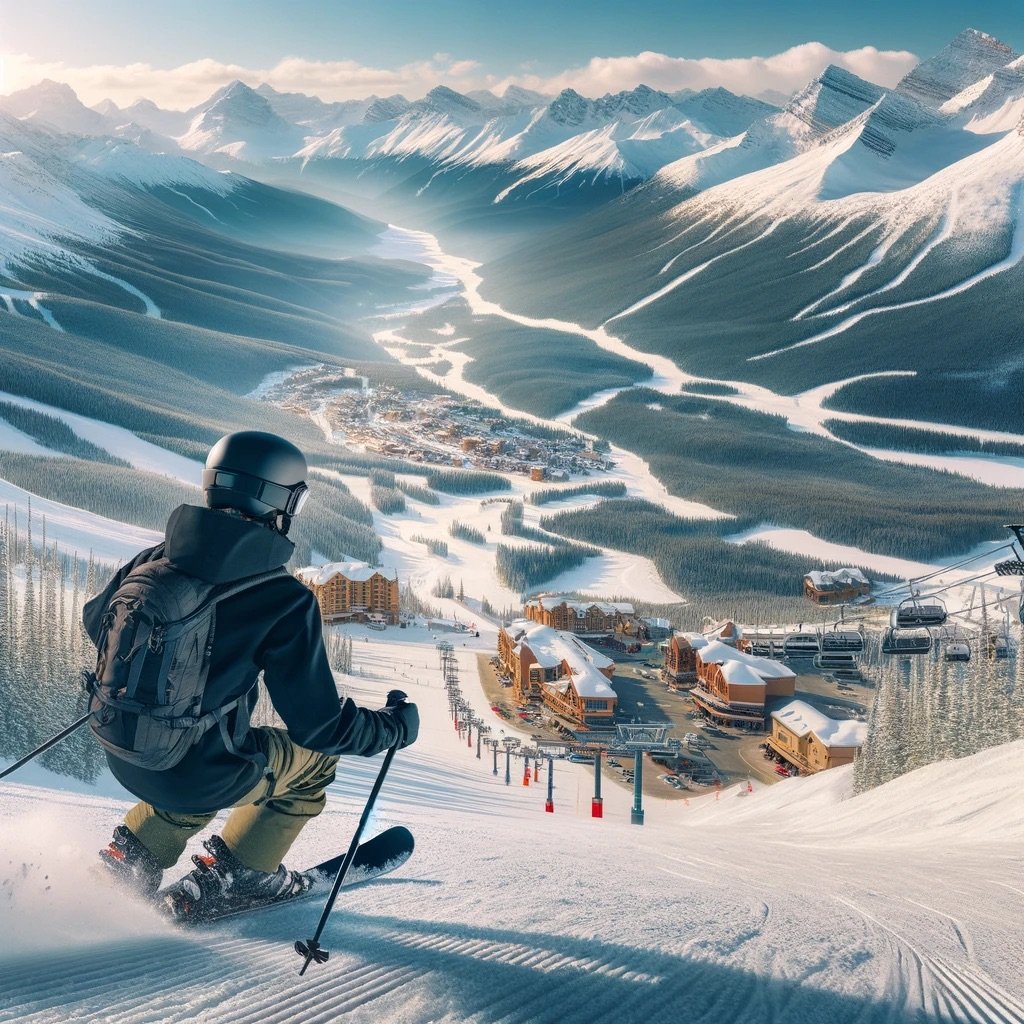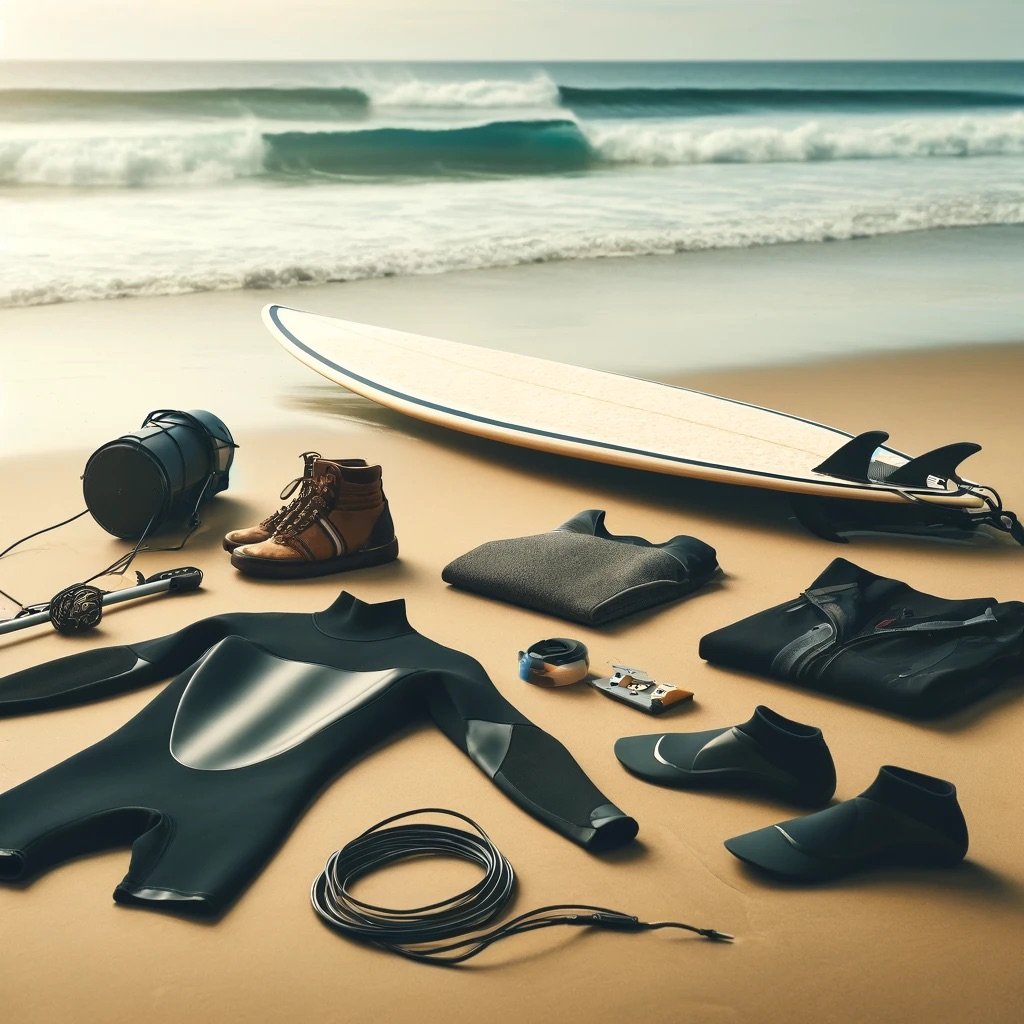Backcountry skiing offers the thrill of exploring untouched snow and remote landscapes. Here’s a guide to help you prepare for and enjoy the adventure of off-piste skiing.
1. Essential Gear for Backcountry Skiing
- Skis: Choose backcountry skis that are lightweight and have good floatation in deep snow.
- Bindings: Use bindings that allow for free-heel movement when climbing and can lock down for descents.
- Boots: Select boots that are compatible with your bindings and provide both flexibility for climbing and stiffness for skiing.
- Poles: Adjustable poles are useful for varying terrain and conditions.
- Skins: Attach climbing skins to your skis to provide traction when ascending.
2. Safety Equipment
- Avalanche Beacon: Carry an avalanche beacon and know how to use it to locate buried victims.
- Probe: Use a probe to pinpoint the location of a buried person in an avalanche.
- Shovel: A lightweight, durable shovel is essential for digging out avalanche victims and creating emergency shelters.
- Helmet: Always wear a helmet to protect against head injuries.
- First Aid Kit: Pack a comprehensive first aid kit to handle potential injuries.
3. Navigation Tools
- Map and Compass: Carry a detailed map and a reliable compass, and know how to use them.
- GPS Device: A GPS device can be useful for navigation in remote areas.
- Altimeter: An altimeter helps you keep track of your elevation and navigate more accurately.
4. Clothing and Accessories
- Layered Clothing: Dress in layers to manage temperature changes. Include moisture-wicking base layers, insulating mid-layers, and waterproof outer layers.
- Gloves and Mittens: Bring waterproof gloves or mittens to keep your hands warm and dry.
- Goggles and Sunglasses: Protect your eyes from UV rays and glare with goggles or sunglasses.
- Backpack: Use a backpack with enough space to carry all your gear and essentials.
5. Avalanche Safety
- Avalanche Training: Take an avalanche safety course to learn about snow conditions, terrain analysis, and rescue techniques.
- Check Conditions: Always check the avalanche forecast before heading out and be aware of current snow conditions.
- Route Planning: Plan your route to avoid avalanche-prone areas and know safe zones and escape routes.
6. Physical Preparation
- Fitness Level: Ensure you are physically fit for the demands of backcountry skiing. It requires endurance, strength, and flexibility.
- Training: Practice uphill climbing and downhill skiing techniques to build your skills and confidence.
7. Planning and Communication
- Trip Plan: Share your trip plan with someone not in your group, including your route, destination, and expected return time.
- Group Communication: Establish communication signals and stay in visual or verbal contact with your group at all times.
8. Environmental Considerations
- Leave No Trace: Follow Leave No Trace principles by packing out all trash and minimizing your impact on the environment.
- Wildlife Respect: Observe wildlife from a distance and avoid disturbing their natural habitat.
9. Emergency Preparedness
- Emergency Shelter: Carry a lightweight emergency shelter or bivy sack in case you need to spend the night outdoors.
- Survival Gear: Bring a multi-tool, fire starter, and extra food and water in case of an emergency.
Conclusion
Backcountry skiing offers the excitement of exploring untouched terrain and experiencing nature’s beauty. By being well-prepared, carrying the right gear, and prioritizing safety, you can enjoy a rewarding and thrilling backcountry skiing adventure. Embrace the challenge and the serenity of off-piste skiing. Happy skiing!









